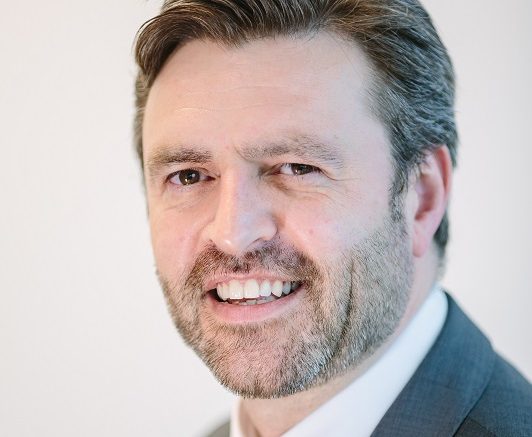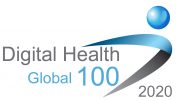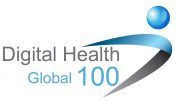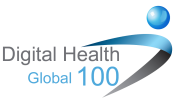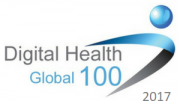As part of our Executive Series, in this interview we talk to Shane Tickell, CEO of IMS MAXIMS, about the factors driving the company’s success.
What differentiates IMS MAXIMS from other healthcare IT vendors?
We don’t see ourselves as a vendor because of its binary, transactional nature. We co-collaborate with customers to develop a tailored strategy for sustainable and transformative change, using technology as the enabler, not the end in itself. It’s a combination of our clinical solutions, change management programme and subject matter experts that deliver safer, patient-centric, integrated services.
What is your approach to innovation and how do you ensure that your solutions meet client’s requirements?
Innovation must be safe and practical, as we provide mission-critical solutions for healthcare providers and their patients. Striking the right balance between innovation and pragmatism involves regularly reviewing and refining our product roadmap with our user community, as well as investing in R&D. We identify the trends, opportunities and potential pitfalls of future technology and match it against our customer needs.
IMS MAXIMS has taken significant steps to develop solutions that are open source. What have been the driving forces behind this approach?
It was developed to encourage more innovation in the health service and facilitate the transition to a safer, patient-focused NHS. This flexible strategy has taken us on an incredible journey, including multiple go-lives with trusts and our first customer, Taunton and Somerset NHS Foundation Trust (TSFT) named by Government as a Global Digital Exemplar (GDE). Together, we will be using the GDE programme to help fast-track the adoption of digital best practice across the NHS.
How are your solutions changing the way in which healthcare providers are operating?
Staff have access to real-time, auditable clinical pathways from anywhere in their organisation, with patient alerts and decision support accessible on their mobile devices. It means clinicians can diagnose, triage and treat patients more quickly and easily. It also frees up staff capacity to spend more time with patients, improves clinical safety and reduces the length of stay in hospital. These improvements translate into tangible savings too, with our GDE partner TSFT on track to make £90m+ over 10 years.
How do you see the company growing over the next few years and what are the biggest opportunities to deliver that growth?
To meet increasing demands on the system, we need to redefine the way healthcare is delivered, with the focus on the patient, not the care setting. It’s why mobile working remains a priority for us. We’ll also continue to drive forward the interoperability agenda, by using open standards and APIs that support integrated care systems. Investment in our Innovation Centre also continues, so that our customers can capitalise on innovation including population health management, genomic mapping and AI.

